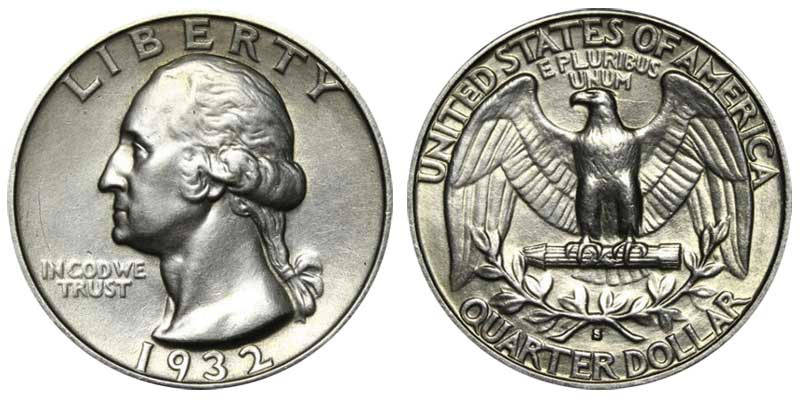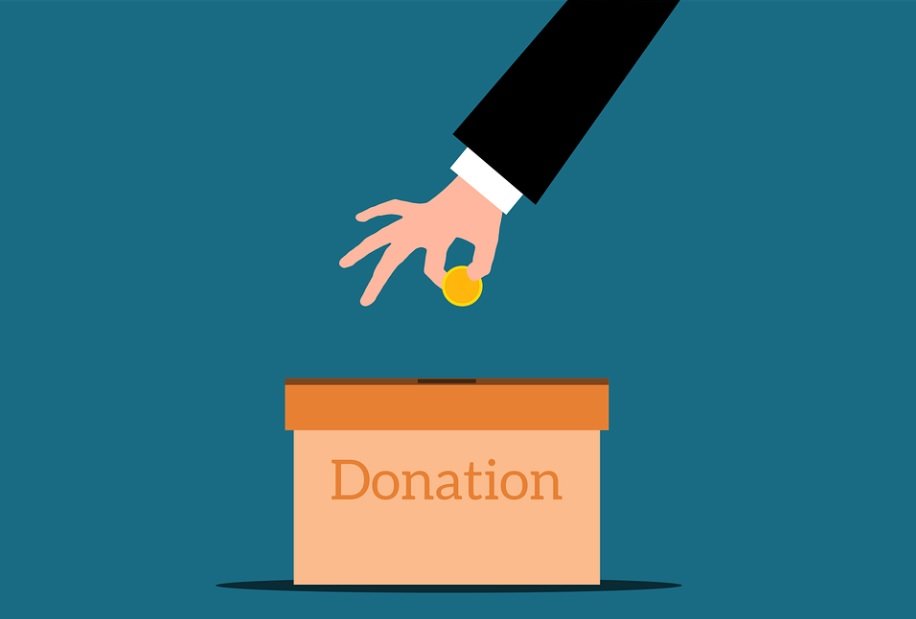The 1976 Bicentennial Quarter is one of the most talked-about coins in American numismatics, especially due to stories that suggest some of these coins are worth more than a luxury home. But is there truth behind the hype of a $250,000 Bicentennial Quarter hiding in your change? Or is this another example of numismatic folklore?
In this article, we explore the fascinating history of the Bicentennial Quarter, debunk myths, and provide practical tips on spotting the truly valuable ones.
The Birth of an American Commemorative Icon
In the 1970s, the United States prepared to celebrate its 200th anniversary. To commemorate the bicentennial, the U.S. Mint launched special designs for the quarter, half-dollar, and dollar coins.
The Bicentennial Quarter, designed by Jack L. Ahr, features a colonial drummer on the reverse, replacing the traditional eagle. A torch and thirteen stars frame the scene, representing the original colonies. The obverse still features George Washington, but the dates were altered to read “1776-1976.”
Over 1.7 billion Bicentennial Quarters were minted from 1975 to 1976, making them highly recognizable and still common in circulation.
The Three Main Bicentennial Quarter Types
- Copper-Nickel Clad Circulation Strike
- Minted in Philadelphia (no mint mark) and Denver (“D” mint mark).
- These are the most common and are still found in everyday change.
- 40% Silver Proof Specimens
- Minted in San Francisco (“S” mint mark), only available in collector’s proof sets.
- 40% Silver Uncirculated Specimens
- Also from the San Francisco Mint, these were sold directly to collectors.
Busting the $250,000 Myth: Fact or Fiction?
The widely circulated claim of a $250,000 Bicentennial Quarter stems from misinformation, misunderstandings, and internet clickbait. According to numismatic experts:
“Most Bicentennial Quarters are worth face value, even in excellent condition,” says Mark Benvenuto, a long-time numismatic columnist.
However, certain error coins and high-grade specimens do command impressive prices, though nowhere near the exaggerated $250K figure you may see in headlines.
Valuable Bicentennial Quarters That Do Exist
1. Error Coins
Rare minting errors significantly increase a coin’s worth:
- Double-die errors: Letters or designs appear doubled.
- Off-center strikes: Misaligned striking results in partial designs.
- Wrong planchet errors: Quarters struck on blanks intended for other denominations.
A famous example is the 1976 “No S” Proof Quarter, struck without the San Francisco mint mark. Such coins have sold for $15,000 to $35,000 at auctions.
2. Perfect Condition Specimens
Coins graded MS-68 or higher (on a 70-point scale) by organizations like PCGS or NGC can be worth hundreds or thousands of dollars.
- A top-graded, silver-proof Bicentennial Quarter could fetch $5,000 to $10,000.
- A copper-nickel circulation coin in flawless condition may bring $500 to $1,000, depending on rarity and buyer interest.
The Origins of the $250K Bicentennial Quarter Rumor
Several factors have fueled this myth:
- Confusion with other rare quarters (e.g., 1932-D Washington Quarters that can sell for six figures).
- Clickbait headlines from websites aiming to drive traffic with sensational stories.
- Misinterpretation of auction results where rare error coins sell for thousands, mistakenly generalized to all Bicentennial Quarters.
“People routinely bring Bicentennial Quarters into my shop thinking they’ve struck gold,” says coin dealer Mike Nottelmann. “Unfortunately, most of these coins are common circulation pieces.”
How to Examine Your Bicentennial Quarters
Step 1: Check the Composition
- Silver quarters weigh more and have a distinct sheen.
- Silver editions were only sold in collector’s sets and are not commonly found in circulation.
Step 2: Look for Errors
- Use a magnifying glass to check for doubling, missing mint marks, or off-center strikes.
Step 3: Assess the Condition
- Coins with no wear, strong luster, and sharp details are worth more.
- For an accurate assessment, consider third-party grading through PCGS or NGC.
Beyond Value: The Human Side of Collecting
Many collectors recall fond memories of encountering Bicentennial Quarters during their youth. For some, these coins were the spark that ignited a lifelong passion for coin collecting.
“The drummer boy design was the first coin that made me realize history could live in my pocket,” says lifelong collector James Watkins.
This emotional connection often outweighs the financial return, making these coins cherished artifacts of personal and national history.
The Broader Cultural Impact
The Bicentennial Quarter introduced commemorative coins into mass circulation for the first time, influencing generations of casual collectors and sparking public interest in numismatics.
“It democratized collecting,” says historian Dr. Ellen Carlton. “It gave everyday Americans a tangible link to the Bicentennial celebration.”
Is There Investment Potential?
While Bicentennial Quarters generally aren’t the best vehicle for wealth-building, they can still be a smart addition for hobbyists. Rare, high-grade silver proofs and error coins hold the most value long-term, especially in niche collector markets.
Collecting Strategies
1. Complete Set Approach
Aim for:
- Philadelphia and Denver circulation strikes.
- San Francisco silver proof and uncirculated versions.
- Any rare error coins you can find.
2. Grade-Focused Approach
Seek out MS-67+ or PR-68+ certified coins.
3. Historical Approach
Integrate Bicentennial Quarters into broader collections of 1976 memorabilia.
Conclusion: The True Value of the Bicentennial Quarter
While most Bicentennial Quarters won’t pay for a new car, the coin’s real value lies in its historical significance and its ability to connect Americans to a celebratory moment in time. Rare varieties—such as error coins and silver proofs in perfect condition—can fetch thousands, but the elusive $250,000 quarter remains more urban legend than reality.
Still, your pocket change could hold hidden gems. So, why not check your coins—you might just uncover a valuable piece of American history!













